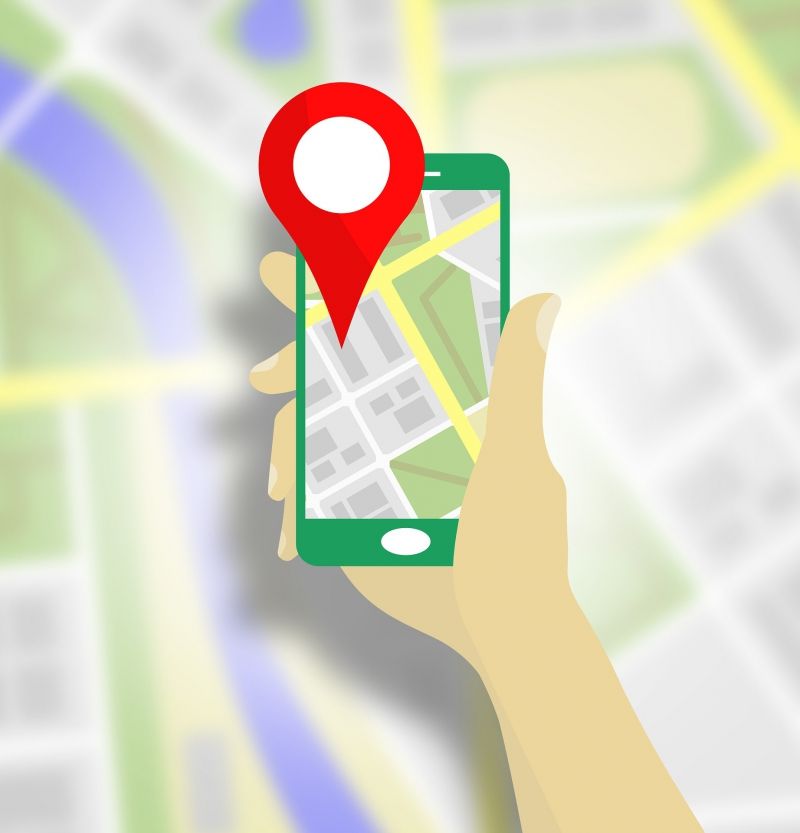Just as having a social media profile isn’t enough, neither is just having a website. To put it bluntly, there’s no point in having a website that no one can find, and to establish a successful online presence for your business, you need to help people find your business online!
There are two main ways that you can do this — through organic search rankings and through paid advertising.
By making SEO a priority for your website, you can help it to rank higher in the organic search results for keywords that are relevant to your business.
In order to do this, you first need to determine what those relevant keywords are, and then you need to optimize your website for those keywords and regularly create content that contains them. Be careful that you never force keywords, unnaturally, into your content, and always write with the reader in mind.
SEO is important, but your website won’t start ranking right away. To supplement your SEO strategy, paid search ads are a great way to ensure that your website gets seen.
Search advertising is powerful because you’re only advertising to people who are actively searching for what you have to offer. This helps you maximize your marketing budget and get more out of every advertising dollar you spend.





